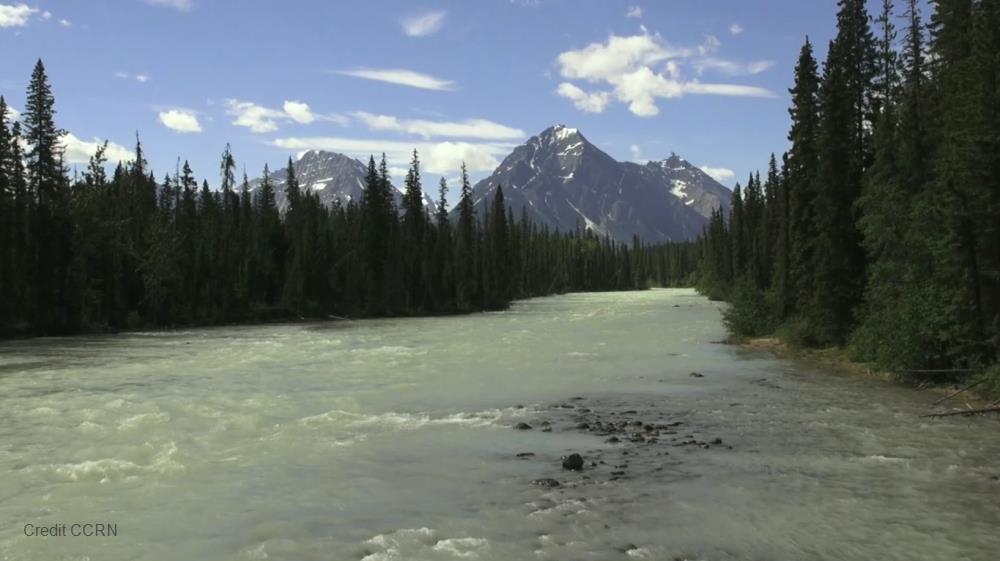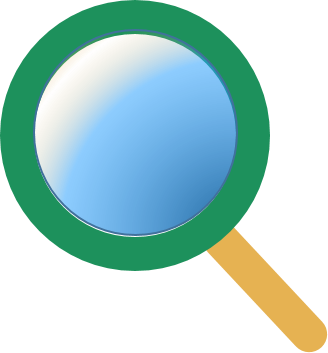
Related items loading ...
Section 1: Publication
Publication Type
Thesis
Authorship
Duffy, A.
Title
Water Well Told: Storytelling in source water protection
Year
2021
Publication Outlet
M.E.S. thesis, University of Saskatchewan. Supervisor: Graham Strickert
DOI
ISBN
ISSN
Citation
Abstract
Stories are part of our every day, but do we understand what storytelling does? In Canada, source water protection (SWP) is a planning process that is predominantly applied to improve rural and Indigenous drinking water sources. During SWP locals will often contribute their expertise by reflecting upon and sharing stories with qualified professionals. To shed some light on the social interactions behind water solutions this thesis examines the functions that storytelling can have in SWP. Interviewing 16 individuals affiliated with SWP, I asked them to share with me their perceptions and recollections of storytelling in the SWP context. To interpret their insights, I developed an integrative framework for storytelling function called the Three Faucet Framework. My framework draws upon the foundational concepts of planning, water management, Indigenous water research, and medical decision-making to analyse storytelling using three layers: themes, recollections, and value. The first Faucet revealed that storytelling can perform many different functions in SWP, all of which connect people to others, people to water, or both. The second Faucet methodically coded recollections of stories and found that informal settings are important for storytelling, and the most popular function of storytelling was to share place-based knowledge. The second Faucet provided good discussion topics, but the third Faucet assigned value to storytelling. To determine value I applied cultural theory’s idea of clumsy solutions to recollections of stories and observed several different ways of framing water problems; different rationalities. The SWP process relies on people from various government departments, expertise, and cultures, thus opposing ideas often collide. The best, ‘clumsy’ solutions emerge when every voice has a chance to be heard, and my findings confirm that when given the right space, storytelling encourages this process and likely enhances Indigenous involvement in water solutions.
Plain Language Summary
Section 2: Additional Information
Program Affiliations
Project Affiliations
Submitters
Publication Stage
N/A
Theme
Presentation Format
Additional Information
Masters, University of Saskatchewan, Distribution-Water-Sc-App & Prairie-Water


 GWFNet
GWFNet Master
Master Data
Data Research
Research Map
Map
 Advanced
Advanced Tools
Tools
 . . .
. . .
 Metadata Editor
Metadata Editor
 Record List
Record List
 Alias List Editor
Alias List Editor
 Legacy sites
Legacy sites